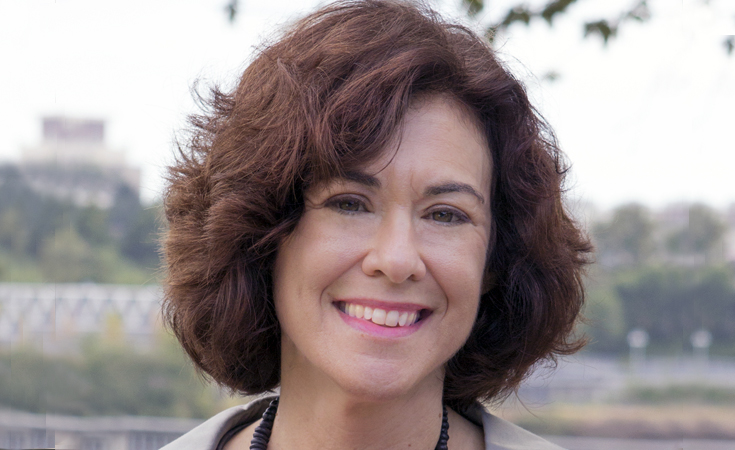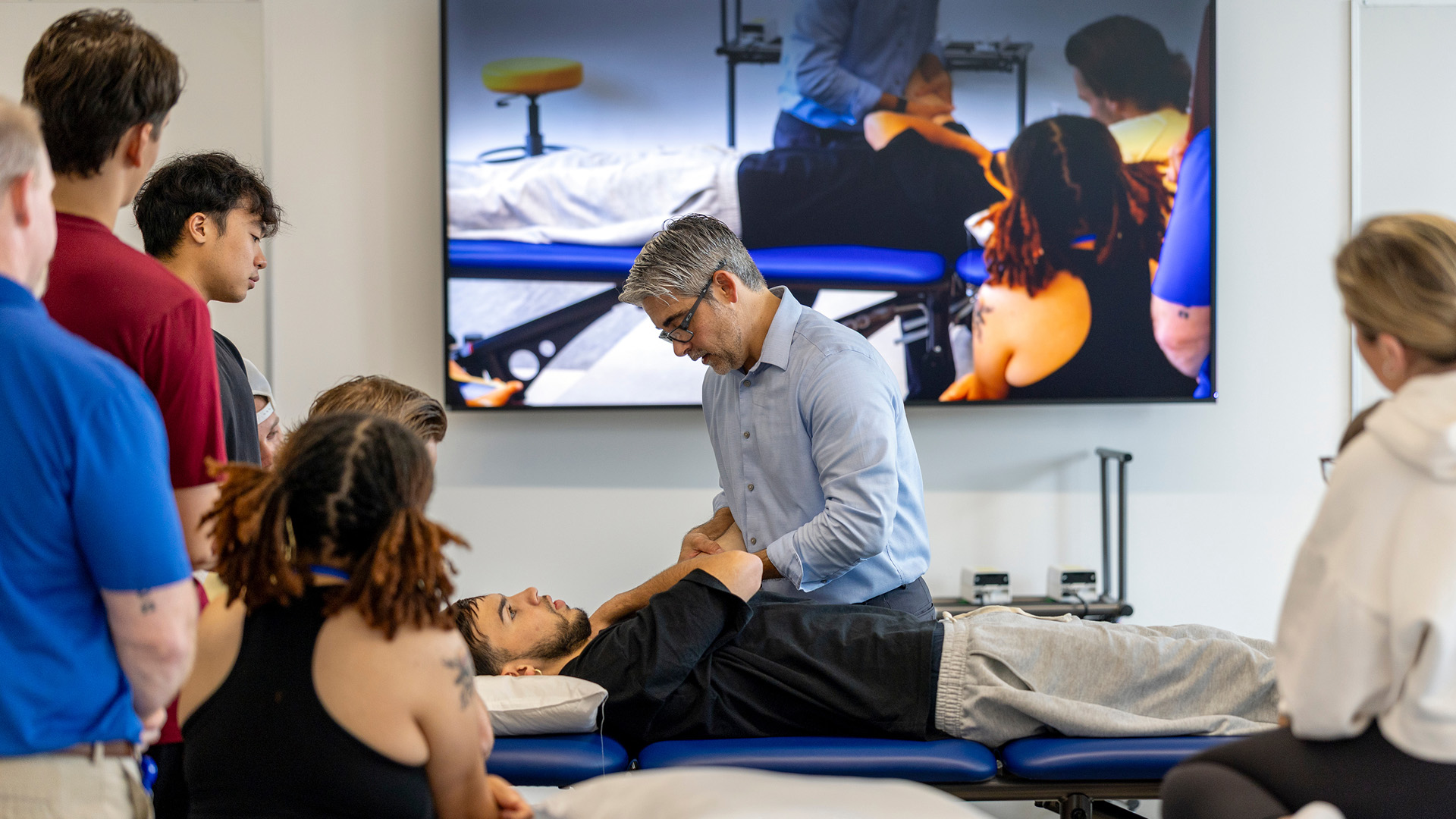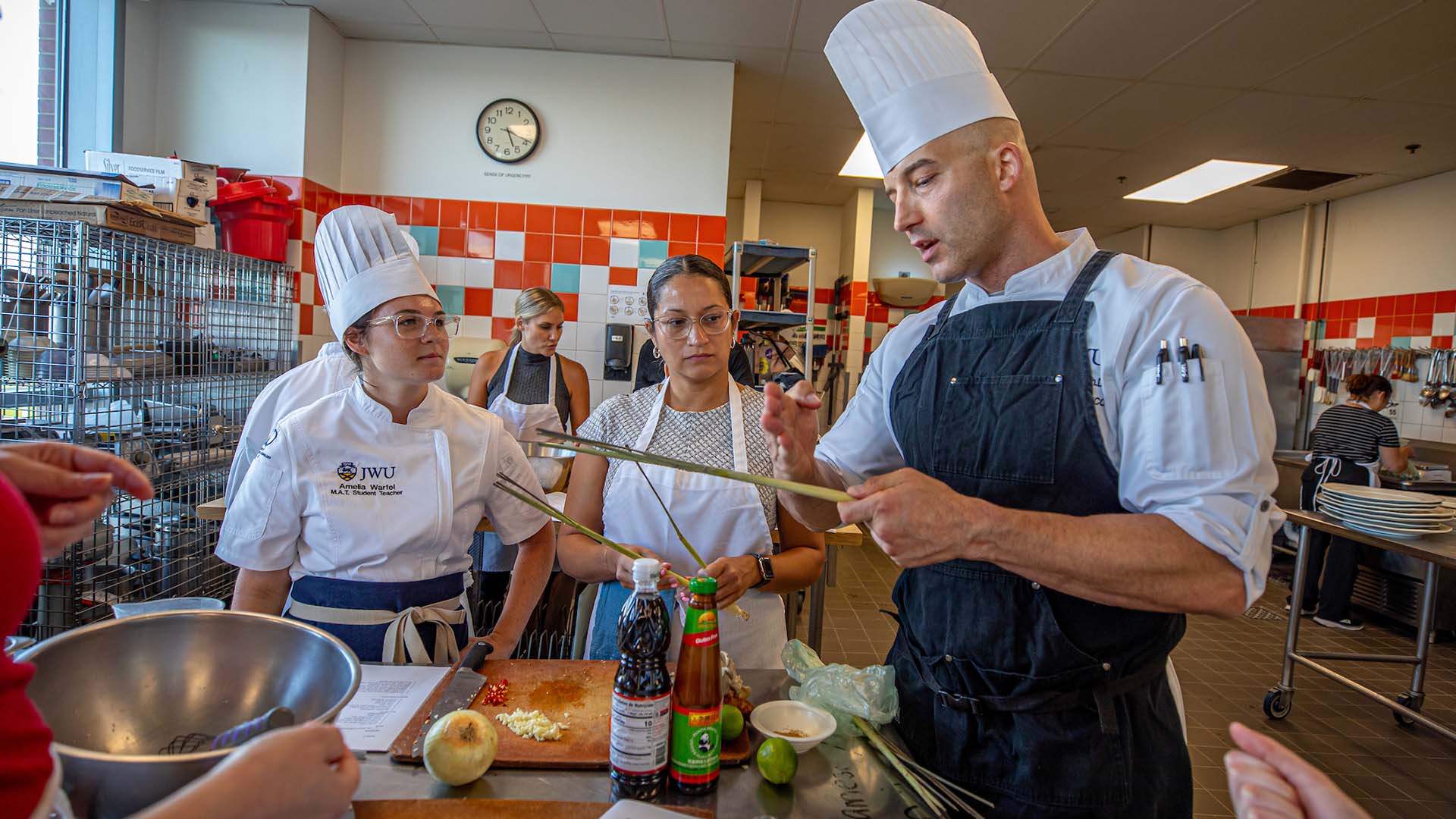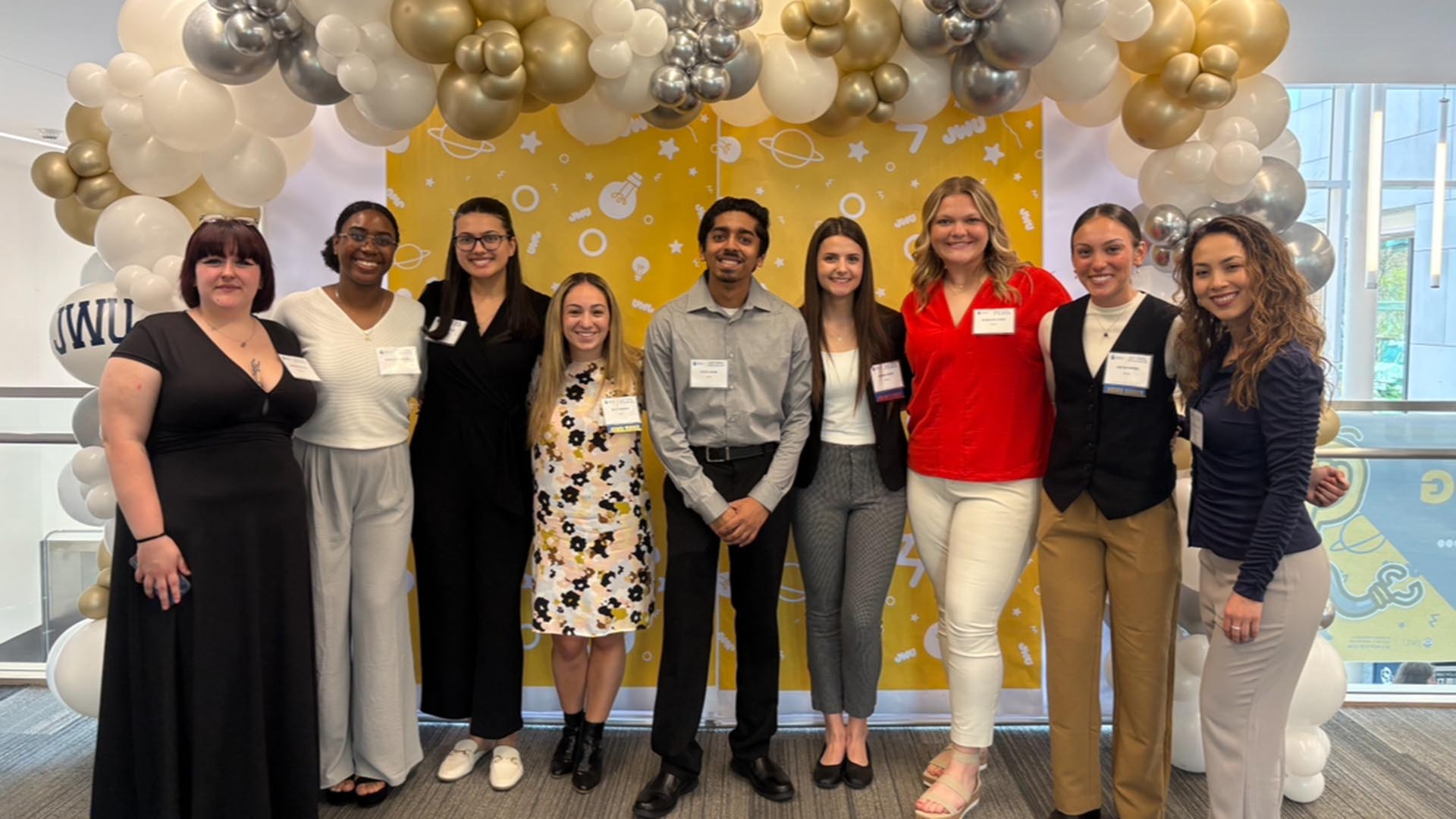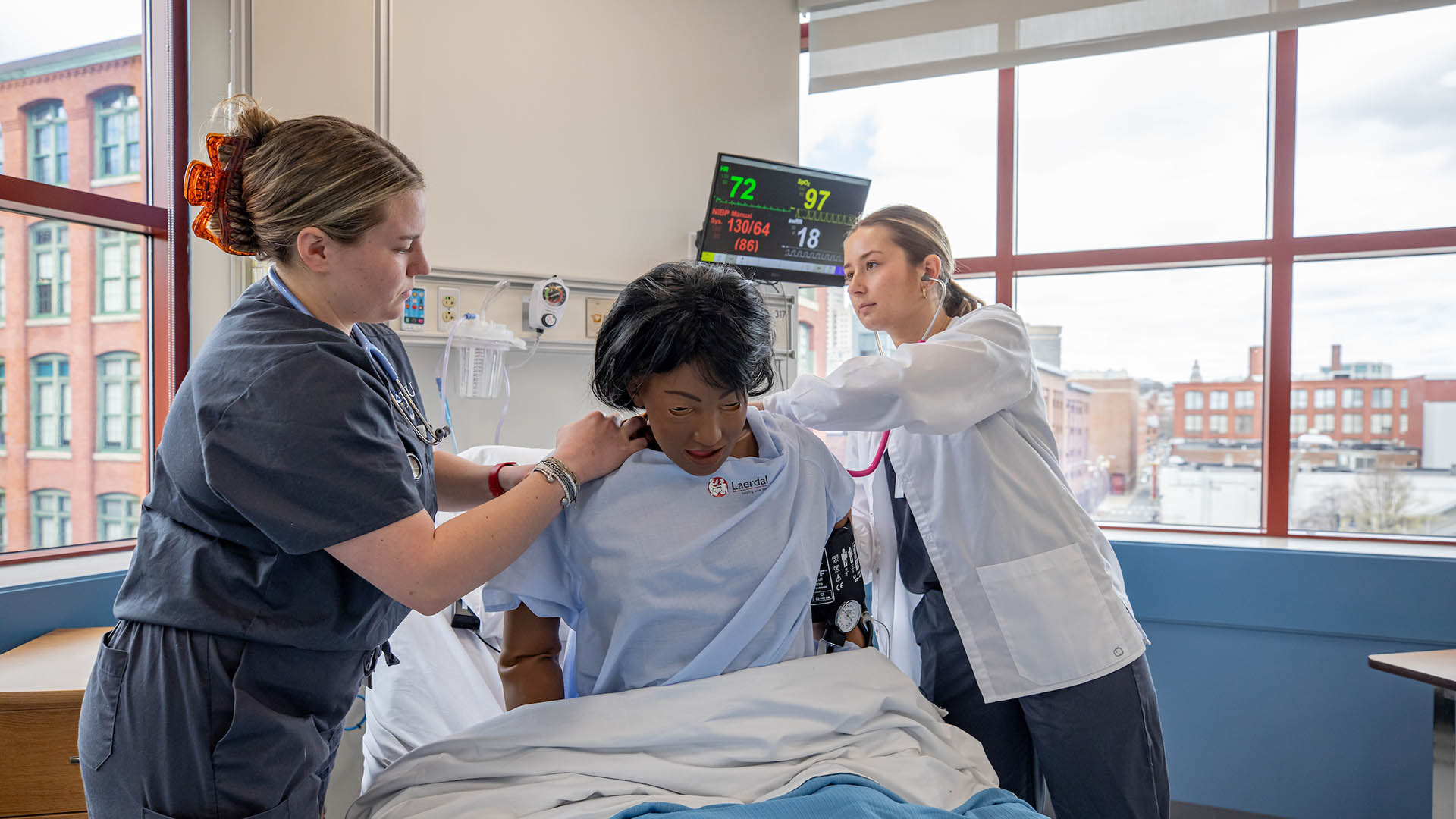Amy Wagenfeld Brings Research, Collaboration to OTD Program
With over 30 years of experience as an occupational therapist, Wagenfeld’s work focuses on design, programming, research and evaluation of environments that support physical and emotional rehabilitation and learning in a variety of settings. Wagenfeld has served on the design team for three American Society of Landscape Architecture award-winning therapeutic gardens. She is also the recipient of a silver medal from the International Association of Universal Design, and two New York state design awards.
Wagenfeld came to JWU to teach in the OTD program excited about the endless possibilities for collaboration and to be a part of the university’s newest offering. She believes this program is something special for students, due to the structure that allows for deeper immersion into the profession.
"Occupational therapy is of value in clinical situations, but equally as important in addressing issues that have to do with the community."
“One difference between an entry level master's degree in occupational therapy versus a clinical occupational therapy doctoral degree is that students have a more in depth understanding of the profession when they emerge,” Wagenfeld says. She credits this deeper knowledge not only with the rigorous curriculum, but also the capstone component of the doctoral program. “The capstone begins by students identifying early on in their studies an issue or a problem that they think is really important to address through the lens of occupational therapy. Then they apply their knowledge from the didactic and hands-on parts of the program to respond to their question through engagement with the capstone.” Capstone is not the same as fieldwork, which is closely monitored by an occupational therapist and tends to be clinical. “The JWU program is very community-based,” she says. “And I think that's extremely important because occupational therapy is of value in clinical situations, but equally as important in addressing issues that have to do with the community.”
The capstone project particularly appeals to Wagenfeld, whose own interests are somewhat unusual for occupational therapy. “I'm very interested in the relationship between health and access to nature,” she says. “I've been developing and implementing a platform for the research as well as a working relationship with landscape architects.”
"Who better than occupational therapists to be part of the conversation? We are a holistic profession."
Some of this research is summarized in a recently published article, “Designing an Impactful Sensory Garden for Children and Youth with Autism Spectrum Disorder.” “This garden is part of my ‘other life,’ if you will,” Wagenfeld says. “I have been involved with the Els for Autism Foundation for many years as a consultant.” The Els Center of Excellence, a critical part of the Foundation, is a world-class facility hosting leading-edge programs and services that are accessible to families and caregivers around the world. The 26-acre campus provides on-site education for 300 students, ages 3 through 21.
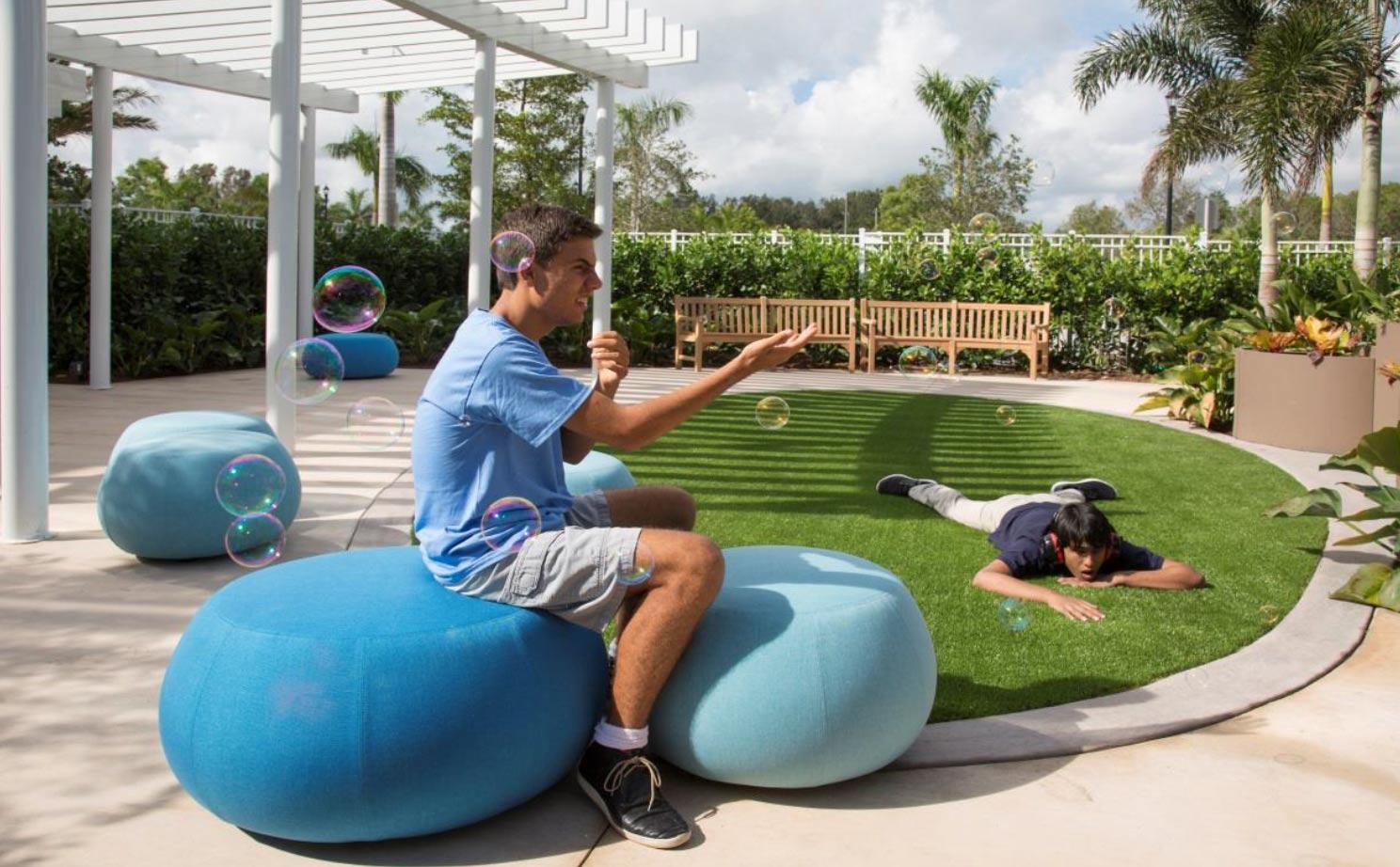
The Sensory Arts Garden, located on the Center’s campus in Jupiter, Florida, has won several awards on the state, national and international level. The 13,000 square-foot space is a therapeutic and educational destination for children and adults. “That was one of the tricks to designing this garden: it's not just for children with autism spectrum disorder, but it's also for the public,” Wagenfeld says. Purposely designed to offer varying levels of sensory experiences, while minimizing sensory overload, the garden sets a precedent for specialized outdoor environments for people with autism and other related disabilities. When individuals with autism engage with nature, they have the opportunity to develop not only a special interest in birds, animals or plants, but also opportunities to enhance their social skills. “It bridges that gap between health and nature,” Wagenfeld adds. “Who better than occupational therapists to be part of the conversation? We are a holistic profession.”
"A lot of projects beg for interdisciplinary perspectives."
Wagenfeld is bringing this spirit of collaboration into the classroom – she already has several events lined up that will allow OTD students to meet and partner with JWU students across disciplines to open doors to non-traditional career paths. In these first of what is hoped to be ongoing partnerships, OTD students will visit the Equine Center to learn about equine assisted therapy, they will work with culinary students to plan and prepare a meal, and will work with students in the integrated product design program on a design project. These kickoff events will also have a research component included for OTD students.
“As time goes on, it's critically important that we look to approach projects like what we are starting with from a collaborative perspective, rather than operating in silos,” Wagenfeld says. “A lot of projects beg for interdisciplinary perspectives — so I also see opportunities with the science, criminal justice and psychology departments, with basically every department on campus. Because no one discipline knows it all.”
The Johnson & Wales Occupational Therapy Doctorate program launched this summer with its first class of 12 students. The year-round program takes three years to complete. In addition to collaborations with other departments, OTD students will also have the opportunity to access the Center for Physician Assistant Studies’ cadaver lab.
